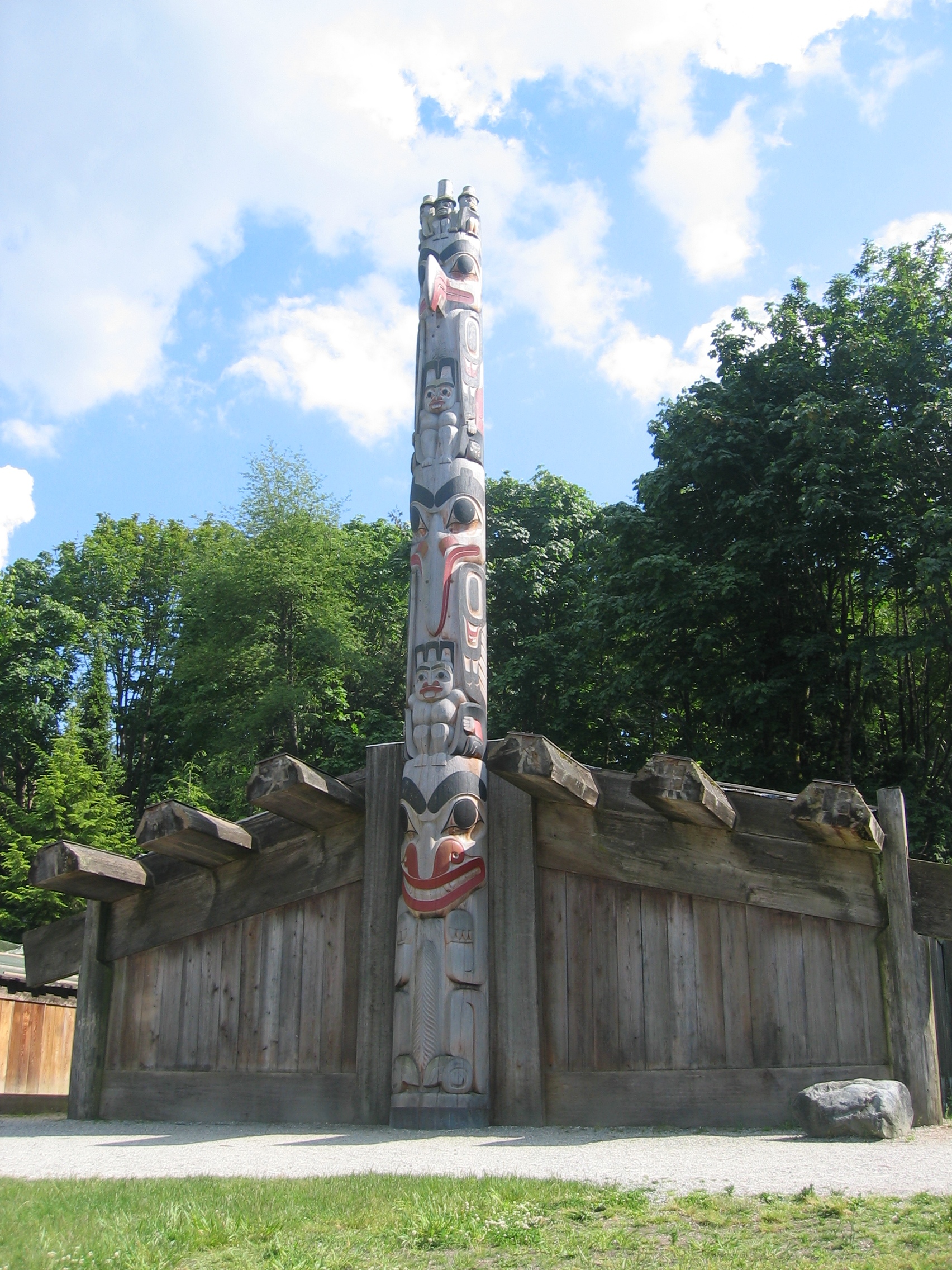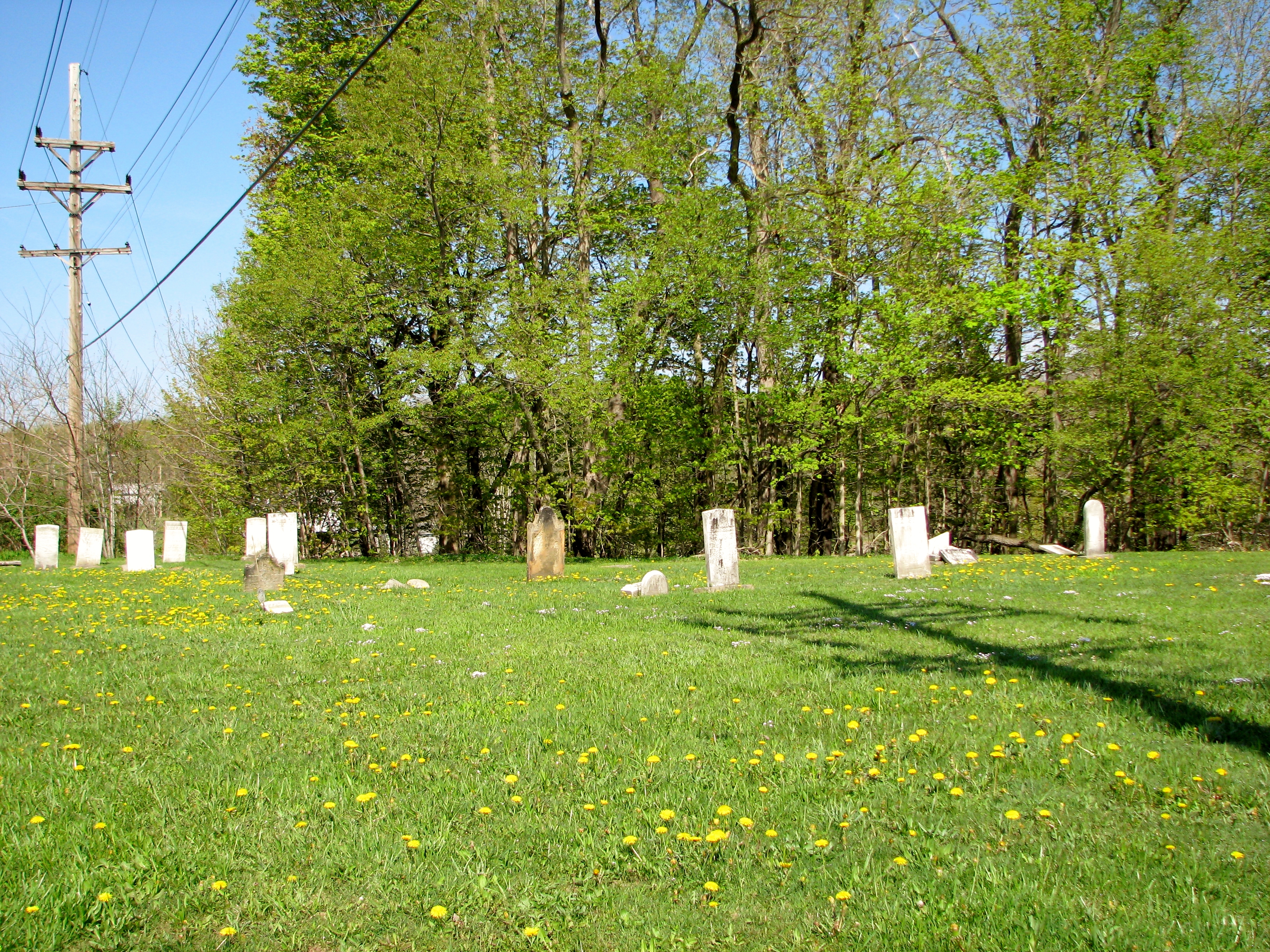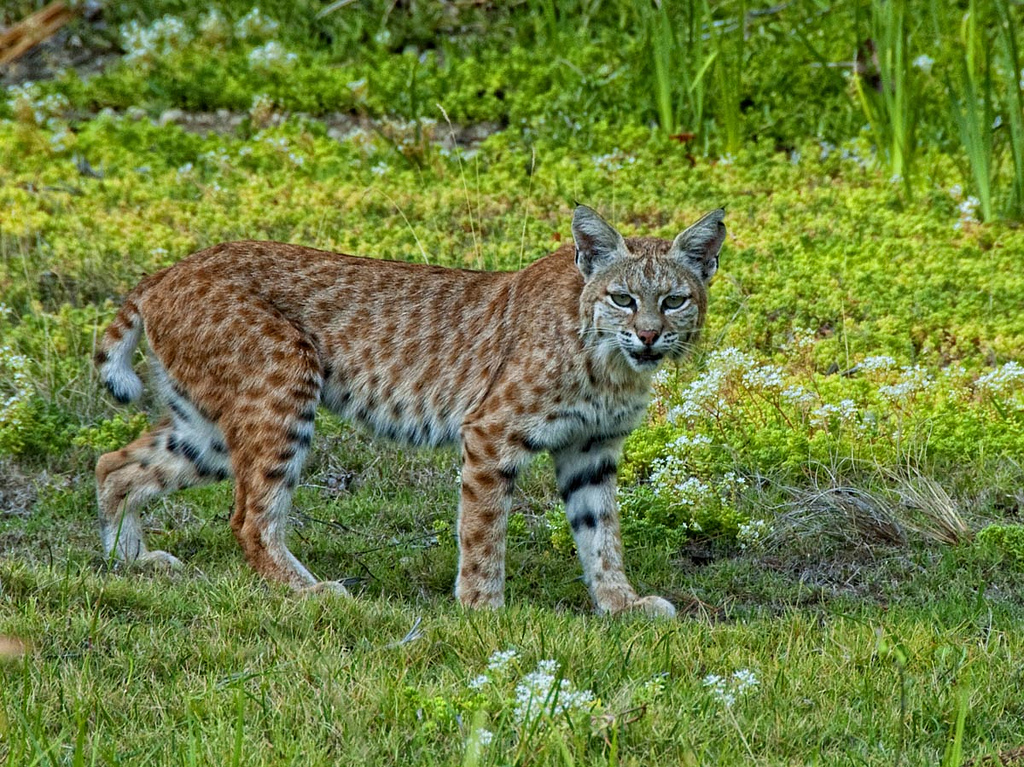|
Eries
The Erie people were an Indigenous people of the Northeastern Woodlands historically living on the south shore of Lake Erie. An Iroquoian-speaking tribe, they lived in what is now western New York, northwestern Pennsylvania, and northern Ohio before 1658. Their nation was almost exterminated in the mid- 17th century by five years of prolonged warfare with the powerful neighboring Iroquois for helping the Huron in the Beaver Wars for control of the fur trade. Captured survivors were adopted or enslaved by the Iroquois. Their villages were burned by Haudenosaunee warriors. This destroyed their stored maize and other foods, added to their loss of life, and threatened their future, as they had no way to survive the winter. The attacks likely forced their emigration. The Haudenosaunee Confederacy was known for adopting captives and refugees into their tribes. The surviving Erie are believed to have been largely absorbed by other Iroquoian tribes, particularly families of the Sen ... [...More Info...] [...Related Items...] OR: [Wikipedia] [Google] [Baidu] |
New York (state)
New York, also called New York State, is a U.S. state, state in the northeastern United States. Bordered by New England to the east, Canada to the north, and Pennsylvania and New Jersey to the south, its territory extends into both the Atlantic Ocean and the Great Lakes. New York is the List of U.S. states and territories by population, fourth-most populous state in the United States, with nearly 20 million residents, and the List of U.S. states and territories by area, 27th-largest state by area, with a total area of . New York has Geography of New York (state), a varied geography. The southeastern part of the state, known as Downstate New York, Downstate, encompasses New York City, the List of U.S. cities by population, most populous city in the United States; Long Island, with approximately 40% of the state's population, the nation's most populous island; and the cities, suburbs, and wealthy enclaves of the lower Hudson Valley. These areas are the center of the expansive New ... [...More Info...] [...Related Items...] OR: [Wikipedia] [Google] [Baidu] |
Kittanning Path
The Kittanning Path was a major east-west Native American trail that crossed the Allegheny Mountains barrier ridge connecting the Susquehanna River valleys in the center of Pennsylvania to the highlands of the Appalachian Plateau and thence to the western lands beyond drained by the Ohio River. Kittanning Village was the first major Delaware (Lenape) Indian settlement along the descent from the Allegheny Plateau. Nature and the path The path is made up of a "series of path alternatives" that pass through seasonally or directionally more or less difficult notches— the gaps were among only five places that could be crossed by animal power from east to west across the Appalachian Mountains west of New England. The Kittanny path (by other names) would also come to be used first by Dutch, then English and British colonial fur traders, as well as Amerindian emigrants moving westwards before and after the French and Indian War and in the post-1780 settlers migrations west ... [...More Info...] [...Related Items...] OR: [Wikipedia] [Google] [Baidu] |
Palisade
A palisade, sometimes called a stakewall or a paling, is typically a row of closely placed, high vertical standing tree trunks or wooden or iron stakes used as a fence for enclosure or as a defensive wall. Palisades can form a stockade. Etymology ''Palisade'' derives from ''pale'', from the Latin word ', meaning stake, specifically when used side by side to create a wood defensive wall. In turn, ''pālus'' derives from the Old Italic word ''palūts'', which may possibly derive from the Proto-Indo-European word ''pelh'', meaning pale or gray. It may be related to the Proto-Uralic word ''pil'me'' (uncertain meaning) or the word ''pilwe'', meaning cloud. (see wikt:pale#Etymology_2, 'pale', English: Etymology 2 on Wiktionary). Typical construction Typical construction consisted of small or mid-sized tree trunks aligned vertically, with as little free space in between as possible. The trunks were sharpened or pointed at the top, and were driven into the ground and sometimes rein ... [...More Info...] [...Related Items...] OR: [Wikipedia] [Google] [Baidu] |
Long House
A longhouse or long house is a type of long, proportionately narrow, single-room building for communal dwelling. It has been built in various parts of the world including Asia, Europe, and North America. Many were built from lumber, timber and often represent the earliest form of permanent structure in many cultures. Types include the Neolithic long house of Europe, the Norman Medieval Longhouses that evolved in Western Britain (''Tŷ Hir'') and Northern France (''Longère''), and the Longhouses of the indigenous peoples of North America, various types of longhouse built by different cultures among the indigenous peoples of the Americas. Europe The Neolithic long house type was introduced with the first farmers of Central Europe, Central and Western Europe around 5000 BCE, 7,000 years ago. These were farming settlements built in groups of six to twelve longhouses; they were home to large extended families and kin. The Germanic cattle-farmer longhouses emerged along the southw ... [...More Info...] [...Related Items...] OR: [Wikipedia] [Google] [Baidu] |
Ashtabula County
Ashtabula County ( ) is the northeasternmost county in the U.S. state of Ohio. As of the 2020 census, the population was 97,574. The county seat is Jefferson, while its largest city is Ashtabula. The county was created in 1808 and later organized in 1811. The name Ashtabula derives from the Lenape language phrase ''ashte-pihële'', which translates to 'always enough (fish) to go around, to be given away' and is a contraction of ''apchi'' ('always') + ''tepi'' ('enough') + ''hële'' (verb of motion). Ashtabula County is part of the Cleveland, OH Metropolitan Statistical Area. The county is best known for having nineteen covered bridges within the county limits, including both the longest and the shortest covered bridges in the United States. Grapes are a popular crop and there are several award-winning wineries in the region due to the favorable microclimate from the nearby lake. During the winter, Ashtabula County (along with neighboring Geauga and Lake counties, as well as ... [...More Info...] [...Related Items...] OR: [Wikipedia] [Google] [Baidu] |
Windsor, Ohio
Windsor Township is one of the twenty-seven civil township, townships of Ashtabula County, Ohio, Ashtabula County, Ohio, United States. The 2020 United States Census, 2020 census found 2,659 people in the township. Geography Located in the southwestern corner of the county, it borders the following townships: *Hartsgrove Township, Ashtabula County, Ohio, Hartsgrove Township - north *Rome Township, Ashtabula County, Ohio, Rome Township - northeast corner *Orwell Township, Ashtabula County, Ohio, Orwell Township - east *Bloomfield Township, Trumbull County, Ohio, Bloomfield Township, Trumbull County - southeast corner *Mesopotamia Township, Trumbull County, Ohio, Mesopotamia Township, Trumbull County - south *Middlefield Township, Geauga County, Ohio, Middlefield Township, Geauga County - southwest corner *Huntsburg Township, Geauga County, Ohio, Huntsburg Township, Geauga County - west *Montville Township, Geauga County, Ohio, Montville Township, Geauga County - northwest corner No ... [...More Info...] [...Related Items...] OR: [Wikipedia] [Google] [Baidu] |
Conneaut, Ohio
Conneaut ( ) is the northeastern most city in Ashtabula County, Ohio, United States, as well as the entire state as a whole. Located in the Greater Cleveland, Cleveland metropolitan area, it is settled along Lake Erie at the mouth of Conneaut Creek northeast of Cleveland. The population was 12,318 at the 2020 United States census, 2020 census. History Conneaut is located on an old Native Americans in the United States, Native American trail, later used by early westbound pioneers. The word ''conneaut'' comes from the Seneca people, Seneca language, and has a disputed meaning. A Mississaugas, Mississauga village was located at or near Conneaut, c. 1747. In 1796, surveyors for the Connecticut Land Company built a log storehouse here, but the permanent settlement dates from 1798. In 1832 Conneaut was incorporated, and was described in 1833 as having a printing office, one meeting house, two taverns, and several stores and shops. It became a city in 1898. Conneaut was originally ... [...More Info...] [...Related Items...] OR: [Wikipedia] [Google] [Baidu] |
Sandusky, Ohio
Sandusky ( ) is a city in Erie County, Ohio, United States, and its county seat. Situated on the southern shore of Lake Erie, Sandusky is located roughly midway between Toledo, Ohio, Toledo ( west) and Cleveland ( east). At the 2020 United States census, 2020 census, the city had a population of 25,095, and the Sandusky metropolitan area had 115,986 residents. Sandusky was established in the early 19th century and developed as a port city at the head of Sandusky Bay. It is home to Cedar Point, one of the most popular amusement parks in the world, as well as water parks including Cedar Point Shores, Castaway Bay (Sandusky, Ohio), Castaway Bay, Great Wolf Resorts, Great Wolf Lodge, and Kalahari Resorts, Kalahari. The headquarters of Cedar Fair Entertainment Company were located in the city until it merged with Six Flags, who retains some administrative offices in Sandusky. Etymology The accepted etymology is that the name "Sandusky" is derived from the Wyandot language, Wyandot w ... [...More Info...] [...Related Items...] OR: [Wikipedia] [Google] [Baidu] |
Wyandot Language
Wyandot (also Wyandotte, Wendat, Quendat or Huron) is the Iroquoian language traditionally spoken by the people known as Wyandot or Wyandotte, descended from the Tionontati. It is considered a sister to the Wendat language, spoken by descendants of the Huron-Wendat Confederacy. It was last spoken, before its revival, by members located primarily in Oklahoma, United States, and Quebec, Canada. Linguists have traditionally considered Wyandot as a dialect or modern form of Wendat, even though the two are no longer mutually intelligible. Wyandot essentially died out as a spoken language with the death of the last native speaker in 1972, though there are now attempts at revitalization: *The Wyandotte Nation is offering Wyandot language classes in the Wyandotte Public Schools grades K–4, at the Wyandotte Nation's preschool "Turtle-Tots" program in Oklahoma and has created online language lessons for self-study. *The Huron-Wendat Nation of Quebec is offering adult and children's c ... [...More Info...] [...Related Items...] OR: [Wikipedia] [Google] [Baidu] |
Iroquoian Languages
The Iroquoian languages () are a language family of indigenous peoples of North America. They are known for their general lack of labial consonants. The Iroquoian languages are polysynthetic and head-marking. As of 2020, almost all surviving Iroquoian languages are severely or critically endangered, with some languages having only a few elderly speakers remaining. The two languages with the most speakers, Mohawk (Kenien'kéha) in New York and Canada, and Cherokee in Oklahoma and North Carolina, are spoken by less than 10% of the populations of their nations. Family division *Iroquoian **Northern Iroquoian ***(Lake Iroquoian) ****Iroquois Proper (Five Nations) ***** Seneca (severely endangered) ***** Cayuga (severely endangered) ***** Onondaga (severely endangered) *****Susquehannock or Conestoga *****Mohawk–Oneida ****** Oneida (severely endangered) ****** Mohawk ****Huronian ***** Huron-Wyandot ***** Petun (Tobacco) ***Tuscarora–Nottoway **** Tuscarora **** Meherri ... [...More Info...] [...Related Items...] OR: [Wikipedia] [Google] [Baidu] |
Bobcat
The bobcat (''Lynx rufus''), also known as the wildcat, bay lynx, or red lynx, is one of the four extant species within the medium-sized wild cat genus '' Lynx''. Native to North America, it ranges from southern Canada through most of the contiguous United States to Oaxaca in Mexico. It is listed as Least Concern on the IUCN Red List since 2002, due to its wide distribution and large population. Although it has been hunted extensively both for sport and fur, populations have proven stable, though declining in some areas. It has distinctive black bars on its forelegs and a black-tipped, stubby (or "bobbed") tail, from which it derives its name. It reaches a total length (including the tail) of up to . It is an adaptable predator inhabiting wooded areas, semidesert, urban edge, forest edge, and swampland environments. It remains in some of its original range, but populations are vulnerable to extirpation by coyotes and domestic animals. Though the bobcat prefers rabbits and ... [...More Info...] [...Related Items...] OR: [Wikipedia] [Google] [Baidu] |
Raccoon
The raccoon ( or , ''Procyon lotor''), sometimes called the North American, northern or common raccoon (also spelled racoon) to distinguish it from Procyonina, other species of raccoon, is a mammal native to North America. It is the largest of the procyonid family, having a body length of , and a body weight of . Its grayish coat mostly consists of dense underfur, which insulates it against cold weather. The animal's most distinctive features include its extremely dexterous front paws, its facial mask, and its ringed tail, which are common themes in the mythologies of the Indigenous peoples of the Americas surrounding the species. The raccoon is noted for its animal cognition, intelligence, and studies show that it can remember the solution to tasks for at least three years. It is usually nocturnal and omnivorous, eating about 40% invertebrates, 33% plants, and 27% vertebrates. The original habitats of the raccoon are deciduous and temperate broadleaf and mixed forests, mixed ... [...More Info...] [...Related Items...] OR: [Wikipedia] [Google] [Baidu] |






